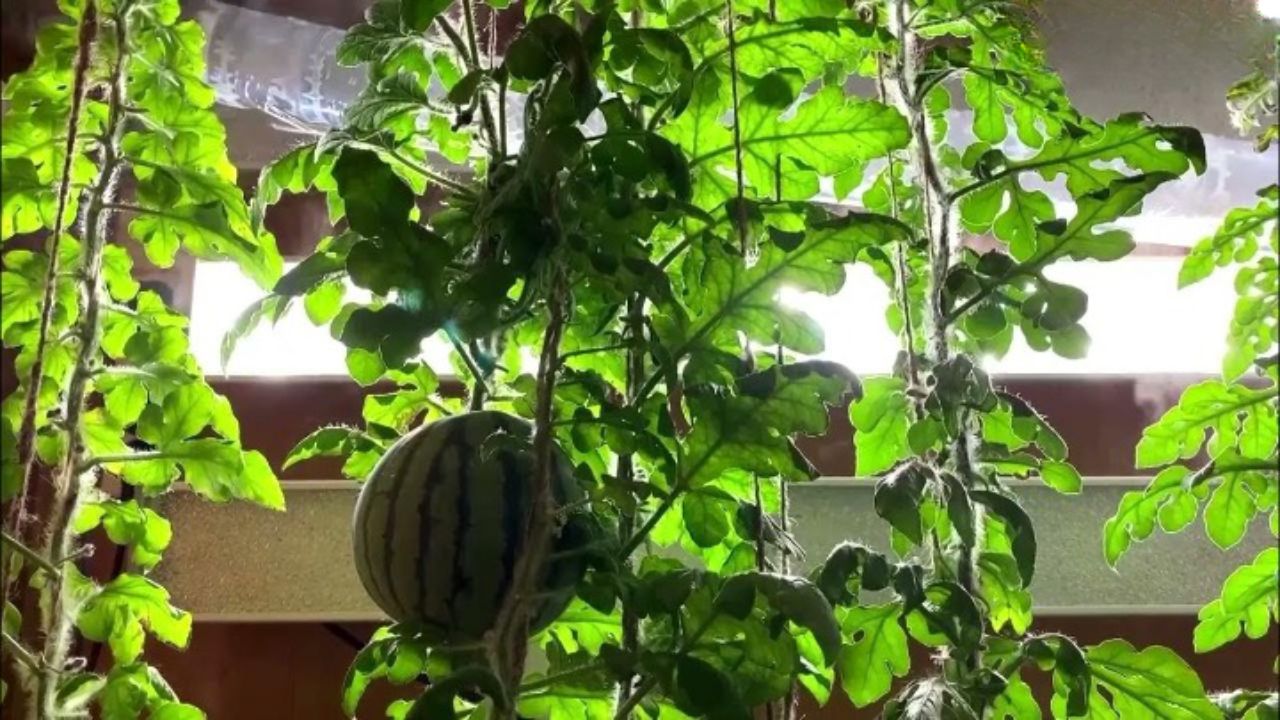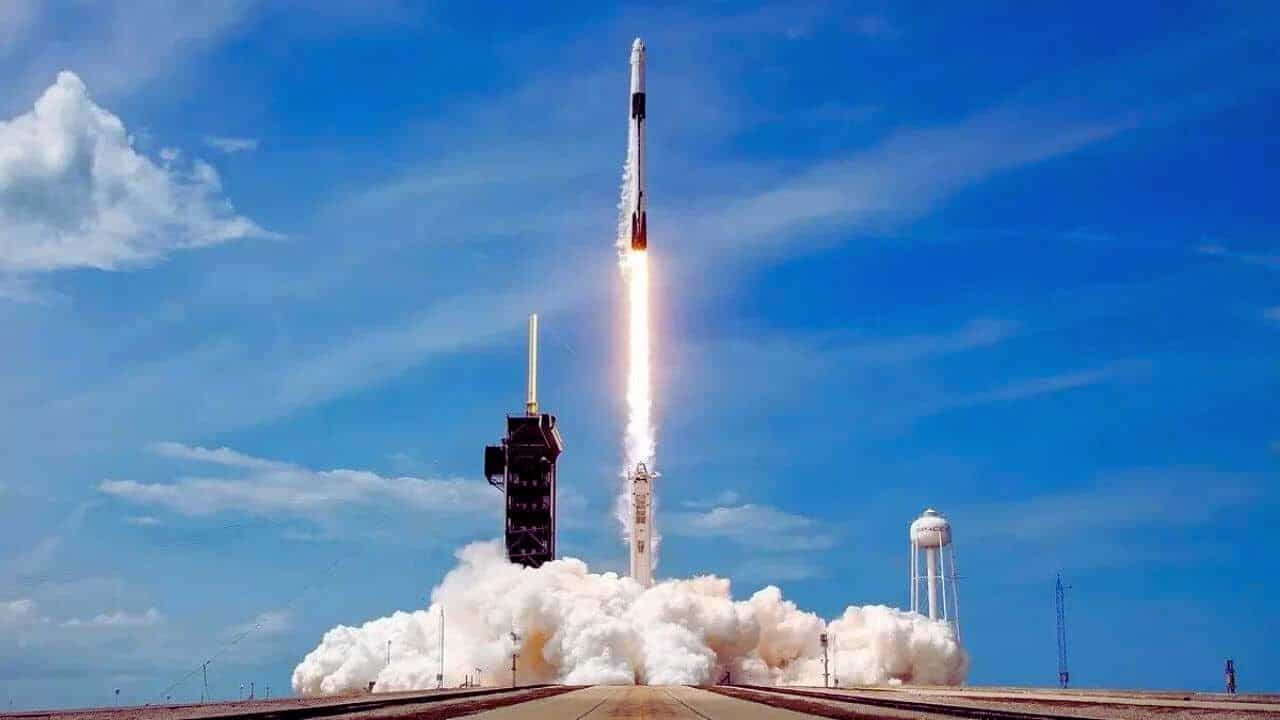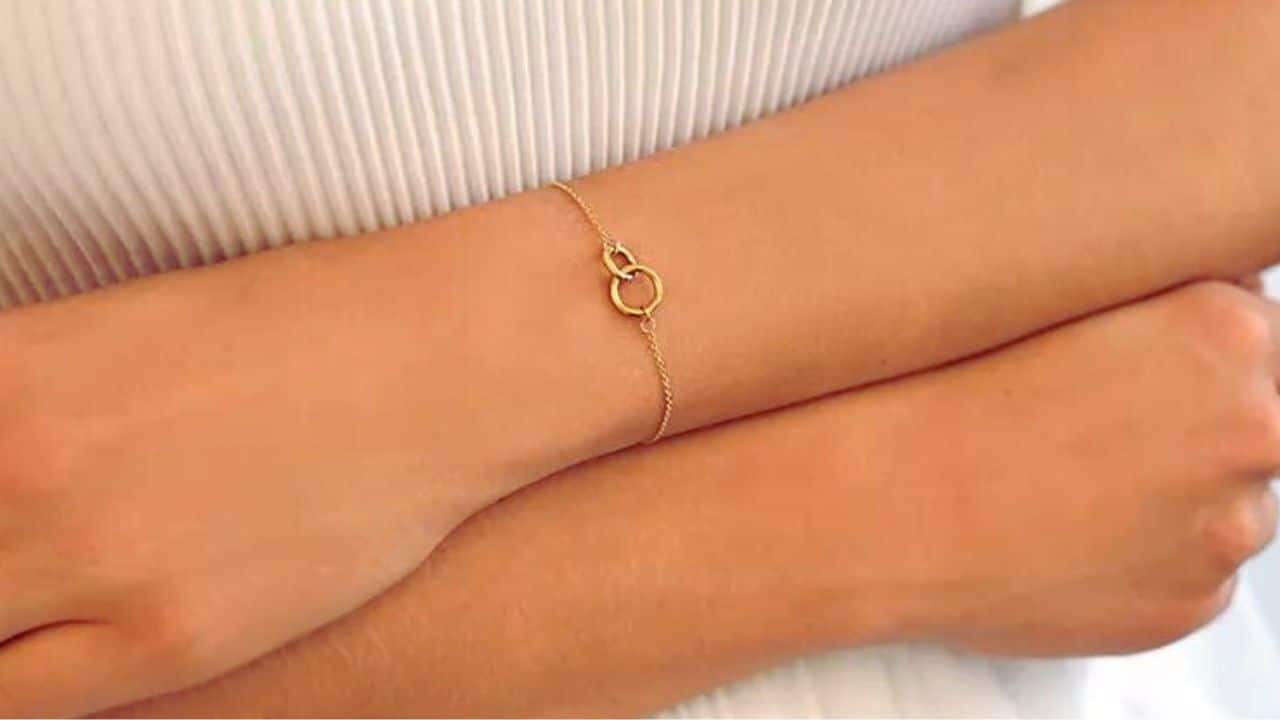Vostok Station in Antarctica isn’t where you’d typically imagine finding fresh watermelons. But this July, in the midst of a dark and bone-chilling Antarctic winter, Russian scientists were treated to the taste of summer.
Researchers at Vostok successfully cultivated eight watermelons in their greenhouse. This venture was part of Russia’s broader experiments to cultivate plants in the harsh polar environment and to gauge the potential of farming in future space missions.
Vostok, located not far from the South Pole, is notoriously cold. It was the site of Earth’s lowest recorded temperature in 1983: a jaw-dropping minus-128.6 degrees Fahrenheit. Still, the intrepid scientists didn’t let the cold deter them. They’ve already managed to grow tomatoes, peppers, and various herbs, all snug in their specially-designed greenhouses.
Ditching traditional soil, the team used a blend of soil substitutes, fertilizers, and tailored lighting to foster the watermelons’ growth. And with no bees around to do the pollinating, they took matters into their own hands – quite literally – by hand-pollinating each plant.
Their efforts bore fruit, quite literally, when watermelons sprouted by July after sowing the seeds in April. Andrey Teplyakov, a geophysicist from the Arctic and Antarctic Research Institute, boasted that their watermelons tasted as good as any you’d find back home. The largest of their harvest was about 5.11 inches in diameter and weighed approximately 2.2 pounds.
Teplyakov fondly shared, “All of us at the station were overjoyed. Just watching the seedlings grow and bear fruit brought such joy.”
Up next for these Antarctic farmers? They’re setting their sights on cultivating berries and cucumbers. Here’s to more fruitful harvests in unexpected places!
Additionally, you can also read about- NASA Grows Flower in Space for the First Time



































